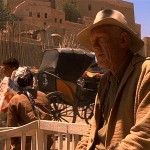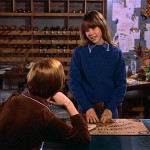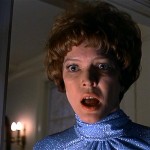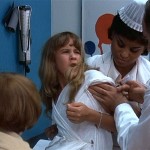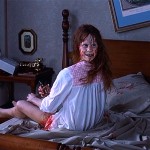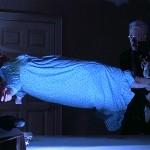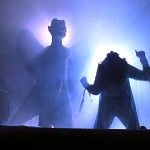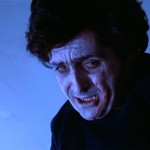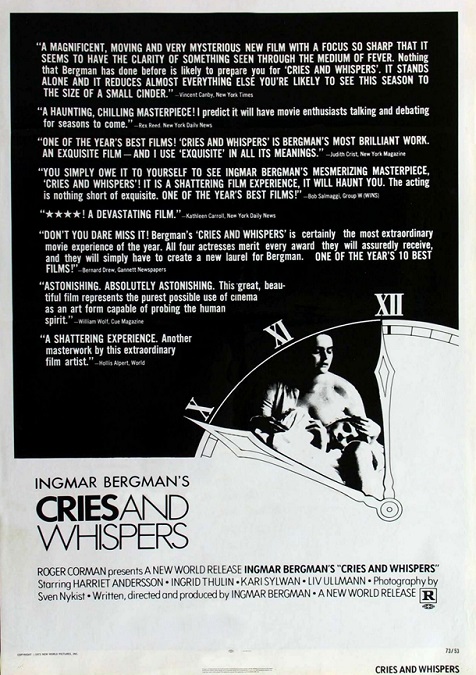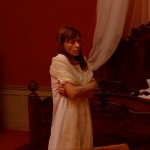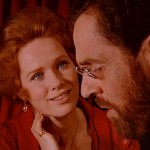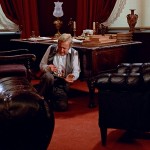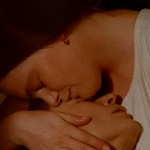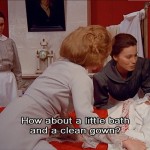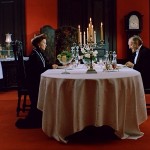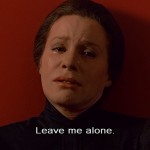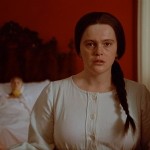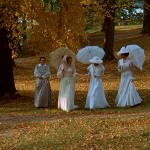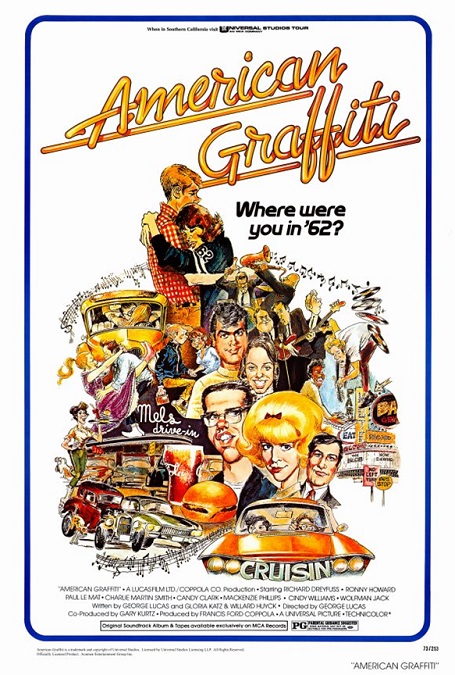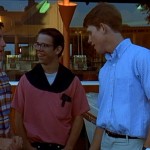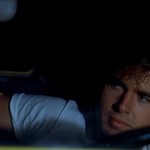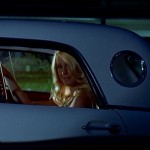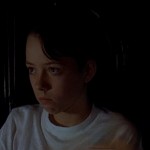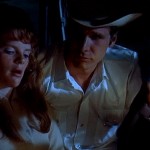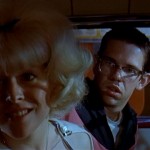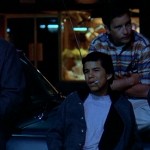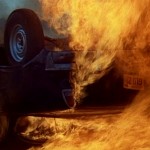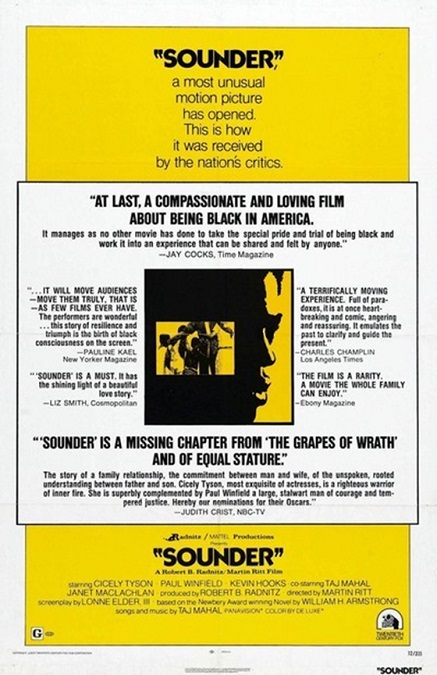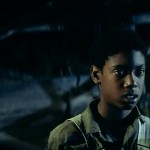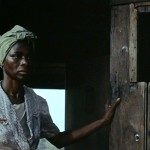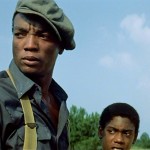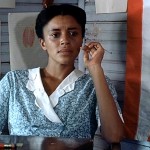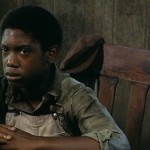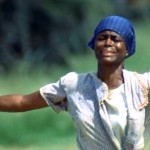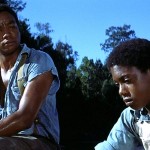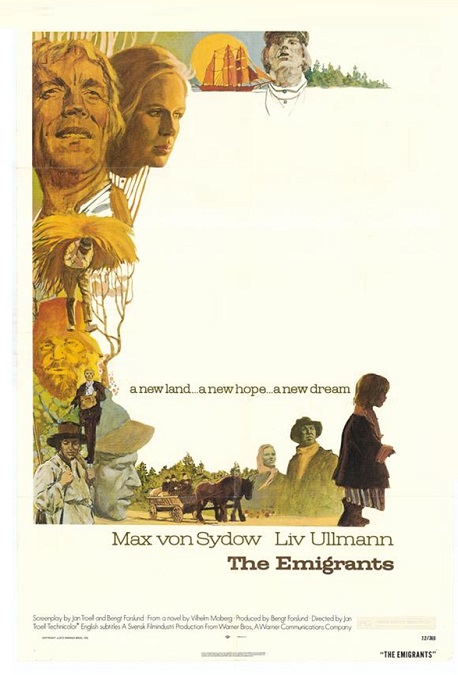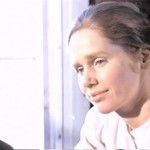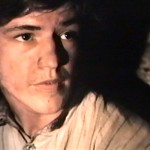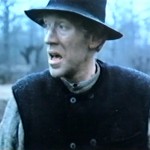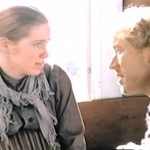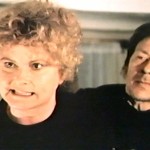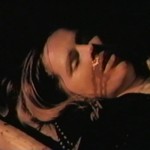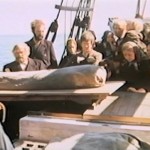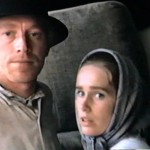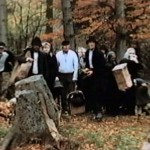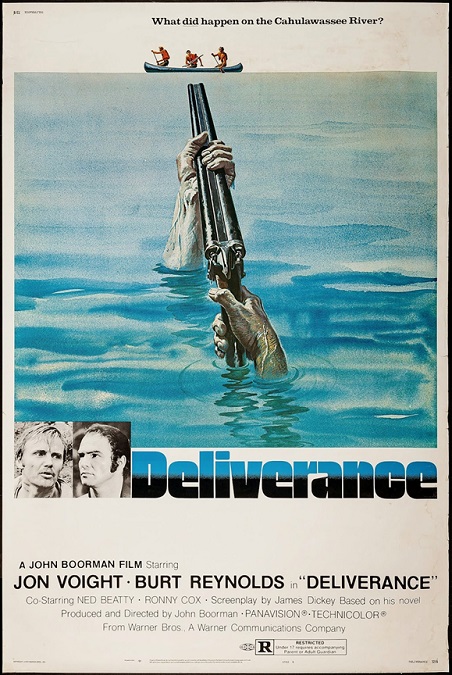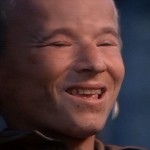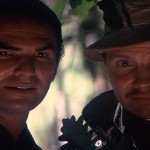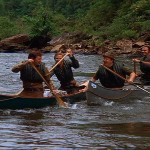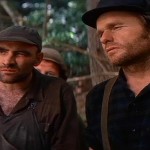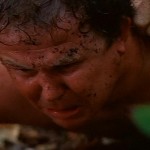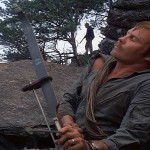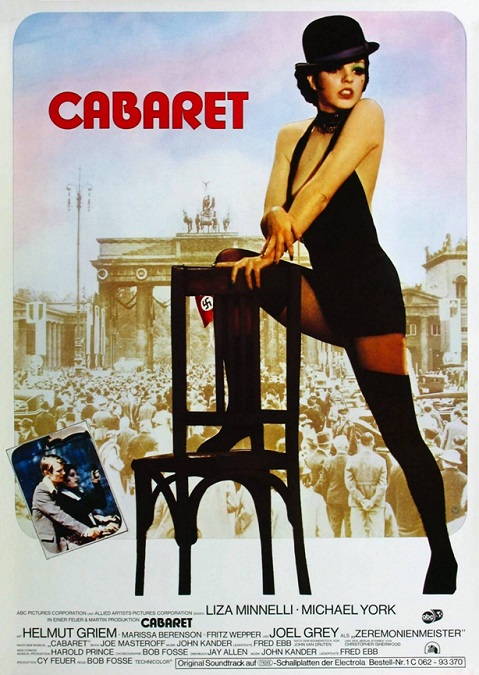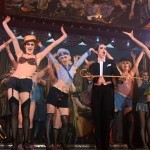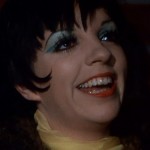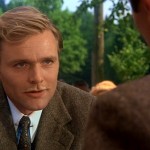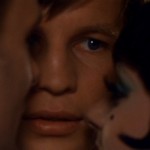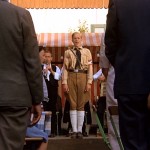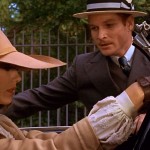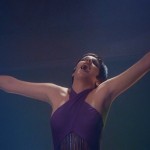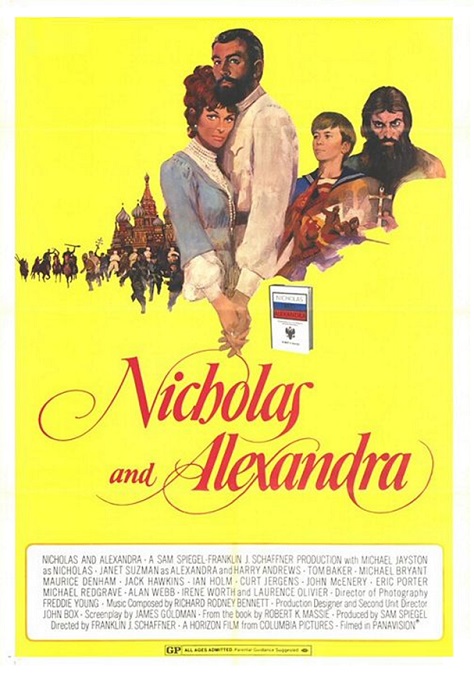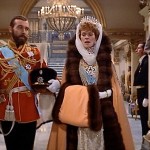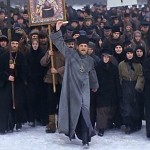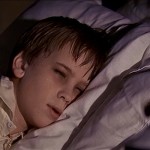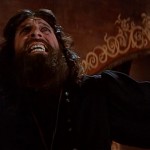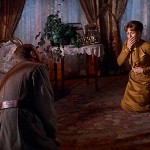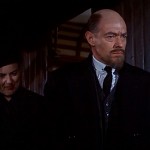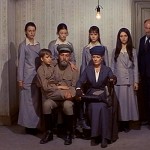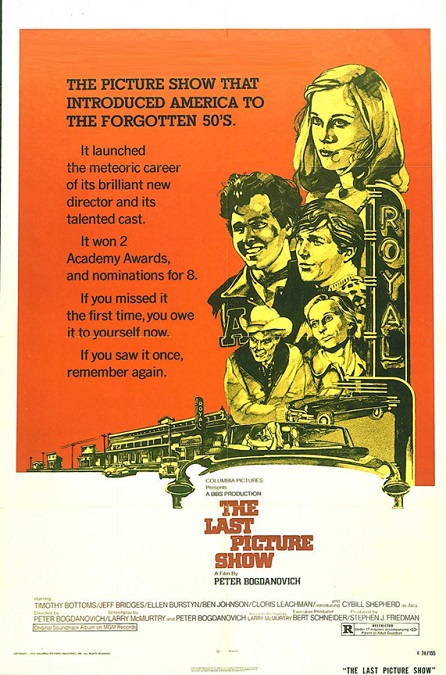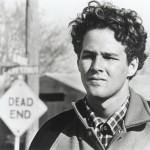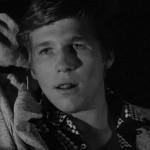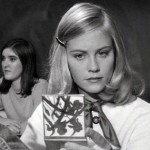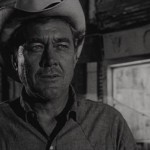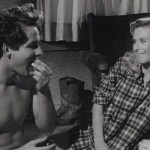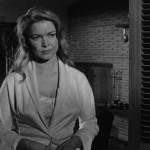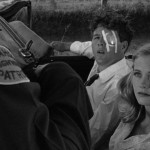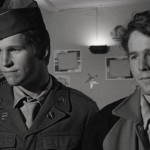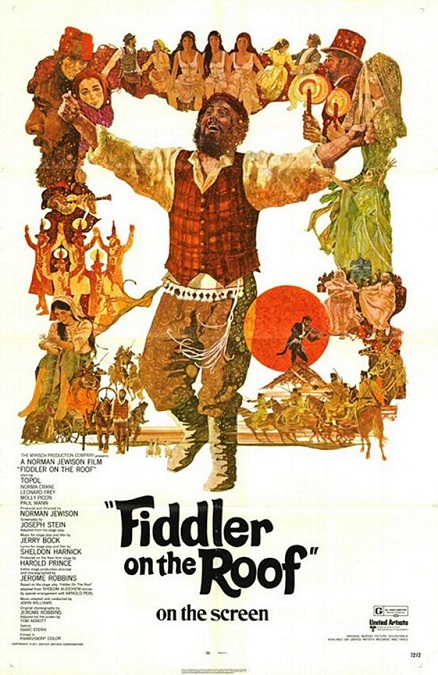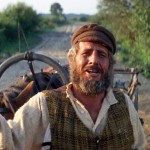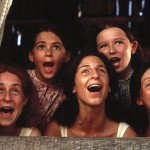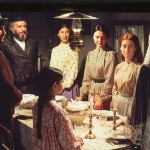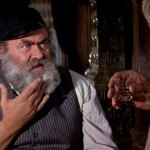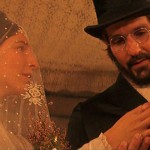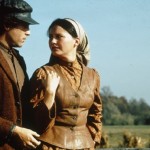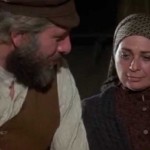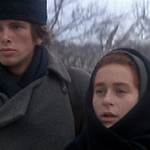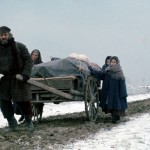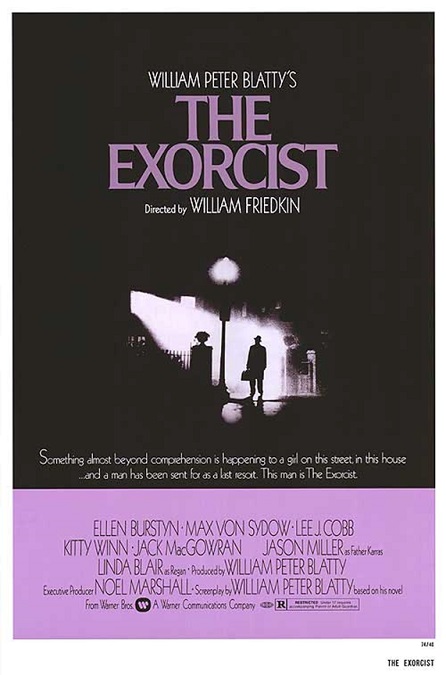
The Exorcist – 1973
OK, here we go. This is a very famous movie, one that is often considered one of the scariest movies of all time. I’m generally not a big fan of horror films, but I realize that they definitely have a place in our culture. There are plenty of people who love them and even I can enjoy that rush of adrenalin that they can bring. So I have to ask, what is it about The Exorcist that made it so frightening?
At first I thought that it was because it was inspired a true story, but that’s not it. It is a supernatural horror story that transcended that true story and became something more. Maybe it was because of the profane and hideous imagery. There certainly was plenty of that, but I think it was more than just that.
After watching the film, I think I finally understand why it is so scary. It is because it deals with one of the most personal subjects possible: religion. I look at several other films, the ones that frighten me the most, and I see the common thread. The Omen, which came out in 1976, Rosemary’s Baby in 1968, The Amityville Horror of 1979, and Prince of Darkness from 1987 each had that religious angle in which Satan or the son of Satan made an appearance. Everyone has an opinion about religion, and no matter what your personal beliefs are, they are generally deep and strong. It can be very frightening when the darker side of those instinctual beliefs are brought to the light of day.
In The Exorcist, a beautiful little 12 year old girl named Regan, played by Linda Blaire, is possessed by an evil spirit claiming to be the devil himself. Her mother, played by Ellen Burstyn, takes her to a parade of doctors and psychologists before she is finally driven to seek the help of a Catholic priest. She makes contact with Father Damien Karras, played by Jason Miller, a trained psychologist, who is having a crisis of faith. The aged priest, Father Lankester Merrin, played by Max von Syddow, is called in to perform the exorcism.
The strange events begin small. Loud sounds can be heard from the attic. Regan finds and plays with a Ouija board. Then things quickly escalate to violent behavior and profanity. But it is not long before the situation goes over the top with a horrifying physical transformation, violent grotesqueries, flying objects, demonic voices, projectile vomiting, murder, and death.
Wait… murder? Well, yes. When the possessed Regan murders a man by twisting his head around and throwing him out a high window, police investigator Lieutenant Kinderman, played by Lee J. Cobb, begins to ask questions. However, I almost felt that his character was extraneous to the plot. The movie wouldn’t have lost much if the character had been cut. He didn’t really do anything to effect the events taking place.
This is actually the 3rd time I have seen the film, and to be honest, I wasn’t as frightened of it this time as with the first 2 viewings. There were things about the movie that I honestly didn’t remember from before, like the film’s first scene which took place in Iraq with Father Merrin. But through my research, I have discovered how important this was to the plot. As part of an archeological dig, the priest finds an amulet of an ancient Assyrian demigod named Pazuzu. Apparently this is the very demon that possesses Regan, and the exorcism is something of a grudge match between Merrin and Pazuzu.
But the film never really explains this in any detail. In fact, it never even names the demon. It mentions, in passing, that Merrin had once performed a successful exorcism in Africa, but according to my research, that one had apparently involved the same demon. Then when Merrin dies of a heart attack, Pazuzu is infuriated because the battle is not yet over and he had been winning. Maybe this is more fleshed out in a director’s cut or one of the sequels, but not in the version I watched.
And I also have to mention, the one image that frightened me the most when I first saw the film. The image of Regan, shown in silhouette with a demonic statue next to her, a statue of Pazuzu, which had been shown in Iraq in the first scene, actually made more sense and consequently wasn’t as scary as when I first saw it. But now, what scared me the most were the few times in the movie when the ghostly, white face of Pazuzu was flashed onto the screen, sometimes superimposed onto Regan’s face. That was super creepy! The flashes were always on the screen long enough for you to know you had seen it, but never long enough to get a good look.
And finally, I have to really give a lot of credit to Linda Blaire. She had such a demandingly physical role and was really put through her paces, both emotionally and psychologically. It was quite an impressive feat for the young actress. She really deserved being nominated for Best Supporting Actress.
